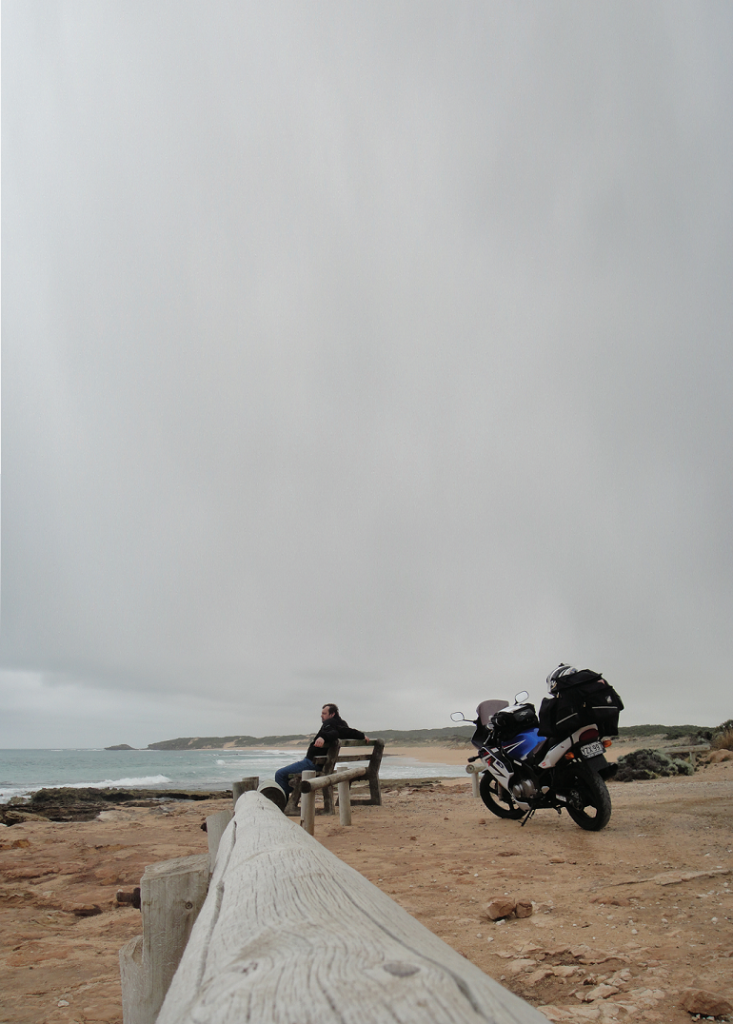Previous Story
TRAVEL
Posted On 22 Mar 2024
Comment: Off

SOUTH AUSTRALIA’S LIMESTONE COAST
DOWN AMONG THE STALAGMITES
THEY’RE THE ONES THAT POINT UP, RIGHT? WORDS/PHOTOS MICHAEL WALLEY

Kingston SE is famous for Larry the Lobster, who greets you as you enter from the north. Standing 17 metres high to apparently advertise a restaurant, he’s perfect for a photo. I read his history with some amusement; when he was being built, the measurements were supposedly confused between inches and metres, which explains his size. I’m not sure what use a 17 inch crustacean would be, though…






